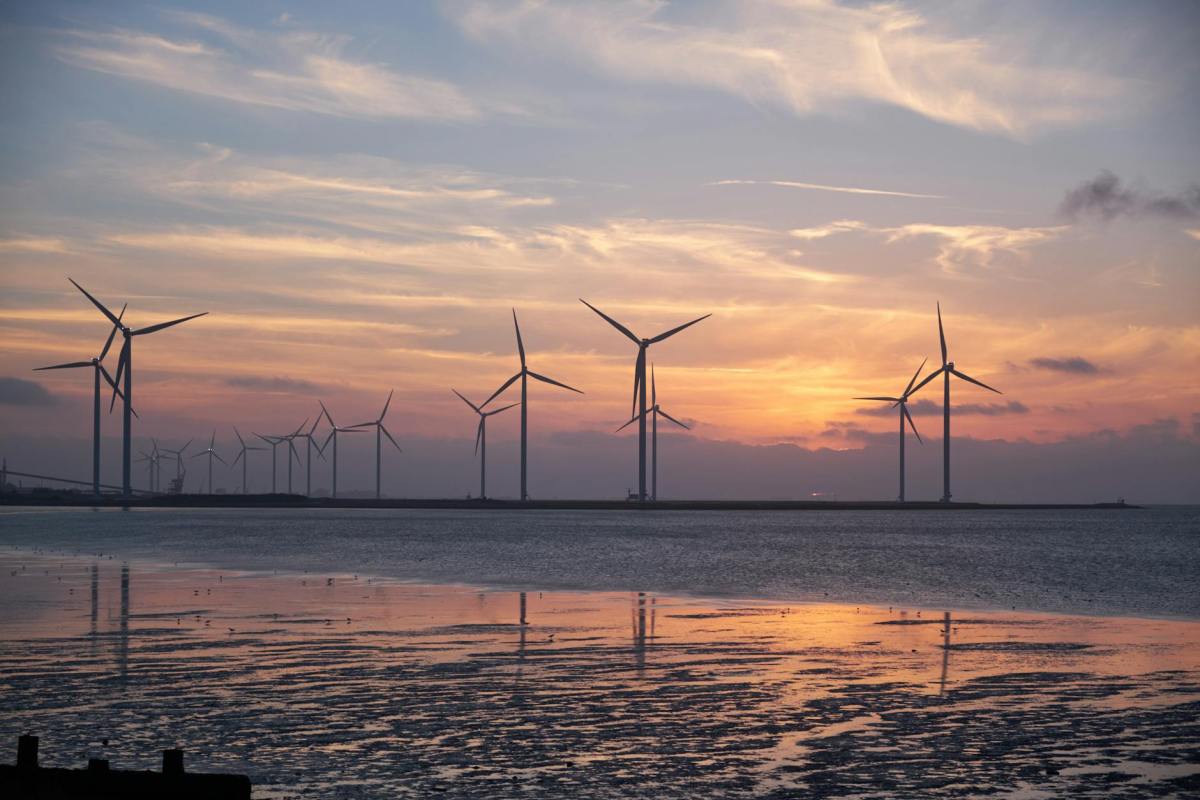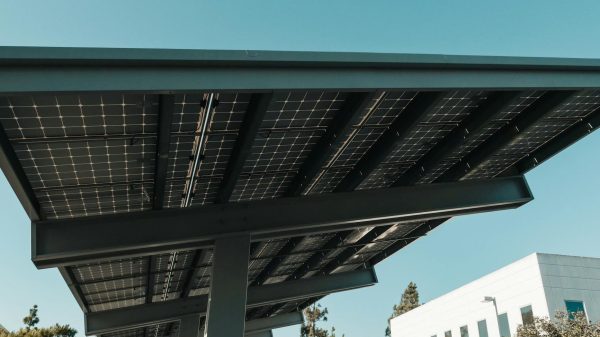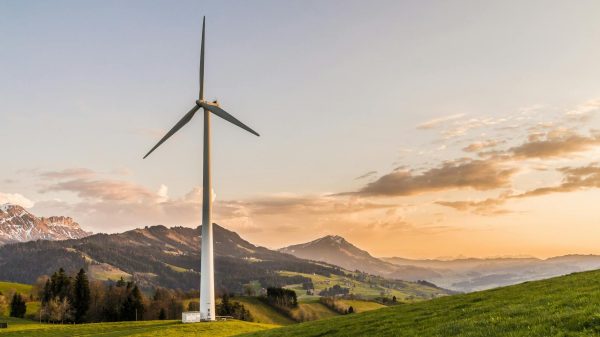Advances in technology bring with them, among many other issues, greater possibilities for environmental care.
It should be borne in mind that the green and digital transitions are mutually reinforcing: digital technologies can contribute to reducing global emissions by more than 15% in sectors such as energy, industry, agriculture, construction or transport, and by up to 35% through their ability to transform people’s habits.
However, it must also be considered that these technologies require a lot of energy to operate, water to cool equipment and generate electronic waste.
Specifically, digital technologies account for 8-10% of global energy consumption and 2-4% of greenhouse gas emissions. To put this in perspective, direct emissions from livestock account for 5% and those from aviation just under half.
The challenge is therefore to ensure that ICT minimises these harmful effects, while maximising the potential role it can play in supporting the transition to a Net Zero future.
Energy efficiency: what it is
Before moving on, let us briefly recall that energy efficiency can be summarised as the reduction of energy consumption or the use of technology that requires less energy to perform the same function.
The relevance of energy efficiency can even be seen in the Sustainable Development Goals.
Specifically SDG 7, which seeks to ensure access to affordable, secure, sustainable and modern energy in order to further increase the 90% of people on the planet who already have access to electricity.
No digitalisation, no green transition
Telefónica’s various initiatives and actions as a technological benchmark can serve as an example to help us understand the transformative power of different technologies and how their application can help to achieve a world in which digital technology protects the planet.
The operator’s goal is to achieve zero net emissions by 2040, including the value chain, and to be a zero waste company by 2030.
To contribute to energy efficiency, the company implements technology initiatives such as modernising our network, for example, replacing copper with fibre optics (85% more efficient); deploying 5G, which is up to 90% more efficient than 4G; virtualisation; migration to the cloud; implementation of Power Saving Features (PSF) and AI/ML platforms to optimise energy consumption while maintaining quality; legacy shutdowns to minimise network coexistence; modernisation of infrastructure, renewal of power plants and air conditioning equipment; free cooling; immersion air conditioning, air conditioning equipment shutdowns; reduction of fuel consumption through hybrid stations with solar photovoltaic energy and delayed start-up of generators using high-cycle (lithium) batteries; and use of more environmentally friendly fuels such as hydrogen/methanol.
To achieve the decarbonisation of the company, not only do we need maximum efficiency in the use of energy, but we also need it to come from renewable sources. Telefónica is already 100% renewable in its operations in Europe and countries such as Brazil, Chile and Peru.
Similarly, to reduce energy consumption, Telefónica promotes the circular economy through eco-design, recycling and reuse. As an example of this commitment, in 2022 alone the company reused more than four million electronic equipment.
Green digitisation at Telefónica
Different Telefónica initiatives or solutions serve to advance the green transition in general and to reduce energy consumption in particular.
Connectivity
Connectivity is the basis of the digital solutions offered by the company, and for this it also has one of the most sustainable networks in the telecommunications sector.
Copper is being replaced by fibre optics, which is 85% more energy efficient. The 5G network is also 90% more energy efficient than 4G.
Digital workplace
Collaboration and productivity solutions enable remote work and connection, which reduces travel, reduces fuel consumption and therefore generates less carbon dioxide emissions, less pollution and increases energy savings.
Cloud computing
Servers hosted in data centres have high energy efficiency standards, so migration to the cloud means a significant reduction in carbon emissions.
Public lighting
Transforming lighting systems improves efficiency, safety and sustainability, with solutions ranging from replacing existing luminaires to integrating point-to-point remote control of individual luminaires wirelessly with Nb-IoT communications.
Intelligent transport and fleet management
With the aim of increasing energy efficiency (as well as improving productivity and safety on the road), this M2M solution’s real-time alerts and notifications allow trips to be reviewed and activity reports to be generated.
Water and gas metering
Remote management and reading of gas and water meters is achieved by complementing big data technology with a device, Nb-IoT connectivity and a management platform.
Energy efficiency solution
This end-to-end proposal aims to reduce energy consumption by up to 25%, offering energy audits, telemetry of consumption (electricity, water or gas) or the renovation and installation of infrastructures.
Conclusion
Technology in different areas, both in the home and in industry, is an ally when it comes to optimising the resources available to us and being able to reduce energy consumption.
Improving the management of energy and natural resources, optimising energy production or environmental sensing are some of the possibilities that different technologies offer us to move towards a future with less energy consumption.
A horizon for which we can also count on other allies such as the circular economy through reuse or recycling.








